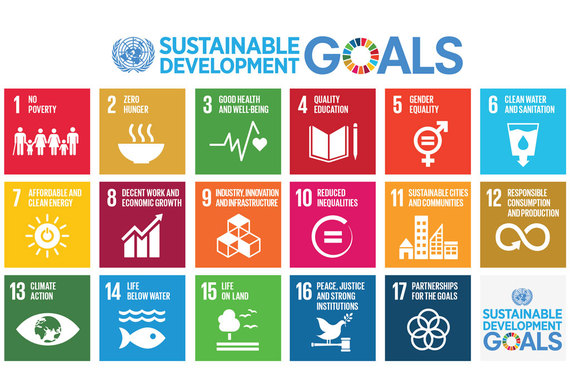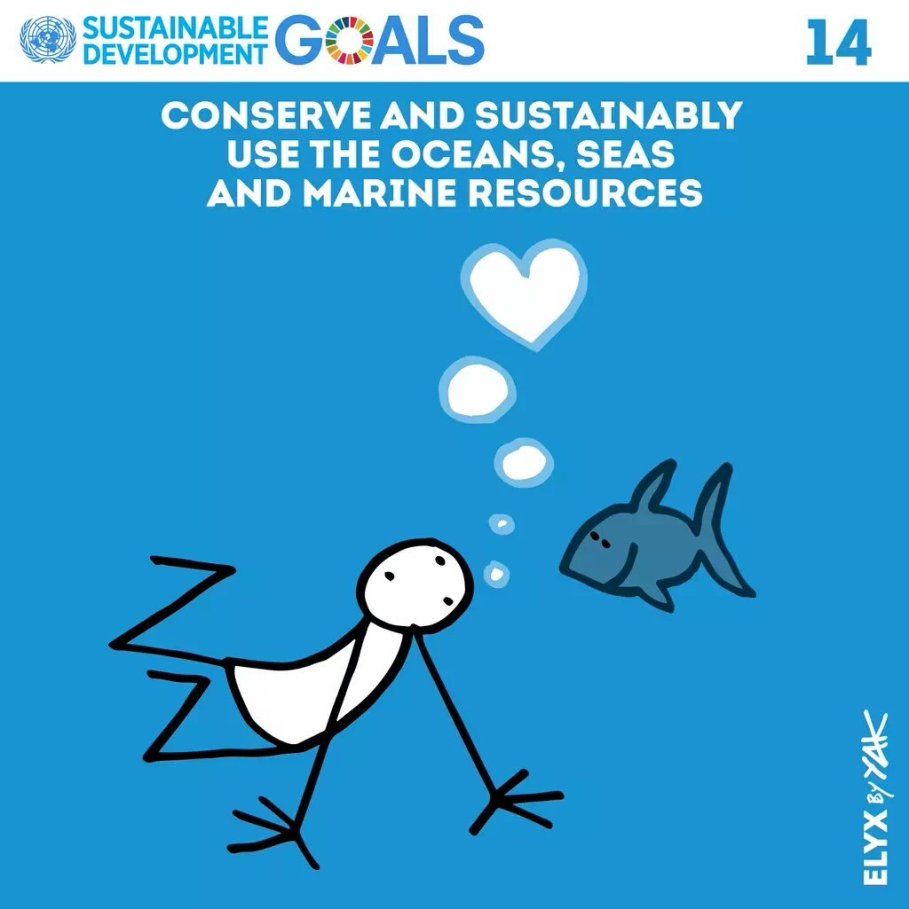 Guest Post by Dr. Joel C. Gill
Guest Post by Dr. Joel C. Gill
Executive Director, Geology for Global Development
Joel is an interdisciplinary geoscientist, integrating natural and social science methods to address issues relating to sustainable development and disaster risk reduction (DRR). Joel has a keen interest in improving the application of geology to international development, founding the charity “Geology for Global Development” in 2011. He has organised conferences, events and workshops on geoscience and sustainable development in the UK, Guatemala, India, Tanzania, Kenya, Zambia, and South Africa.
The agreement of the UN Sustainable Development Goals (SDGs) in 2015 reflects ‘a global consensus that business as usual is no option any longer, that changing the development trajectory is necessary’ (Spangenberg, 2016, p.1). The 17 SDGs and their 169 targets will be at the forefront of national and international policy discourse for the next 15 years. Collectively they aim to eradicate global poverty, end unsustainable consumption patterns, and facilitate sustained and inclusive economic growth, social development, and environmental protection.
The SDGs, together with various thematic frameworks (e.g., Sendai Framework for Disaster Risk Reduction, Paris Agreement, New Urban Agenda), all relate to the interaction of human activities with the natural environment. The ‘planet’ is a central pillar of sustainable development, alongside people and prosperity. Advances in science and technology, including geoscience (the study of the Earth), are therefore central to each framework. For example, managing natural resources, characterising natural hazards, or modelling future climate all require multiscale (spatial and temporal) understanding of Earth materials and/or processes. This requirement for geoscience input presents an opportunity for the geoscience community. Scientific business as usual, however, will not be sufficient, with changes to geoscience practice required for successful engagement (Lubchenco et al., 2015).
Geoscience and the SDGs
The environmental focus of the SDGs means geoscience is essential to their success. The matrix below (from Gill, 2017) illustrates the role of geoscience in the 17 SDGs. The matrix was populated by analysing the SDG sub-goals and targets, identifying links between SDG requirements and geoscience. Interconnections between many SDGs results in this approach giving a conservative estimate of the true impact of geoscience interventions. For example, goals on education (SDG 4) and gender equality (SDG 5) do not specifically refer to access to water/sanitation (SDG 6), but increased access to water/sanitation can support both. This matrix shows a role for geoscience within all 17 of the SDGs.

Contributions will be required from all sectors and sub-disciplines of geoscience, including those working in research, industry, the public sector and civil society. Examples of geoscience activities helping to deliver the SDGs include research projects, industry engagement, and civil society activities. Gill and Bullough (2017) listed examples of diverse activities geoscientists are undertaking that support the delivery of the SDGs.
Improving Geoscience Engagement in Sustainable Development
Engagement by geoscientists must be effective, culturally appropriate, and sustainable. Poor quality engagement (e.g., weak understanding of the social context of a project, or limited dialogue with stakeholders) can hinder development progress, may detrimentally affect a project, and does not serve society well. Effective engagement is rooted in understanding the science-policy-practice interface. This includes, for example, determining the information needs of stakeholders (e.g., policy makers, community groups, development NGOs), how they will use this information, and how best to present it to support policymakers. This requires the ability to build positive partnerships between geoscientists and diverse stakeholders, with engagement prioritised early in the research process. Increased dialogue, critical to our contributions being relevant, may also require the geoscience community to invest in additional and complementary skills. The geoscience community readily embraces advances in technology, informatics, and other physical sciences to advance their science. In contrast, whereas cultural and ethical understanding, cross-disciplinary communication, and social science research approaches can also support effective engagement and enhance our science, they are rarely included in a geoscientist’s education.


 3) What is the role of the UNDP Ocean Governance programme in implementing the SDGs Goals 6 and 14?
3) What is the role of the UNDP Ocean Governance programme in implementing the SDGs Goals 6 and 14? 
